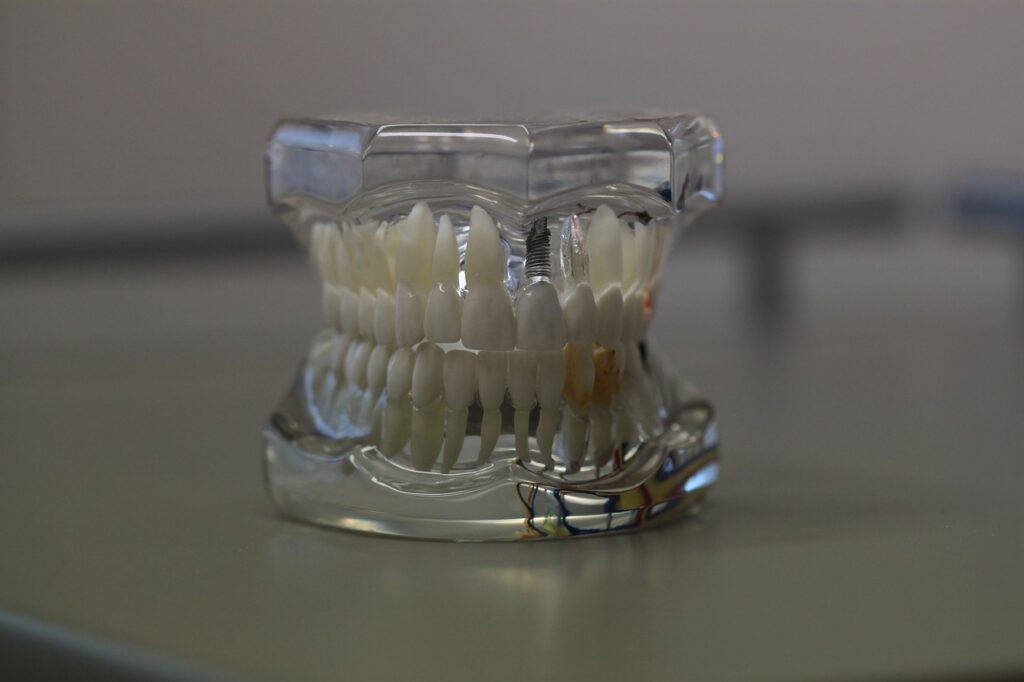Dentures are basically replaceable and removable alternatives to your missing teeth and its nearby tissues. There are two types of dentures applicable – partial and complete dentures. As a general rule, partial dentures are suggested to replace only a few teeth while complete dentures are suggested when all-natural teeth are removed.

Complete Dentures
A complete denture can either be ‘immediate’ or ‘conventional’. A conventional denture is made when teeth have been misplaced and healing process of gum tissues have been started. It is placed around 8 to 12 weeks after the removal of teeth.
On the other side, immediate dentures are placed just after teeth removal and are made earlier. Hence the wearer doesn’t have to wait for the gums to heal and they can easily get new teeth quickly. Over time, gums and bones are supposed to shrink, especially when they are healing after tooth removal.
The main problem with immediate dentures is that they need more adjustments to fit well on the process of healing and they are usually a temporary fix until you get the conventional dentures.
Partial Dentures
These types of dentures have artificial teeth. There is a plastic base on which this type of teeth is attached. Basically, it is fixed using a metallic frame to fix the denture. These types of dentures are used when there are several natural teeth stay in the lower or upper jaw.
One or more teeth can be replaced by a fixed bridge by placing crowns on either side and by fixing replacement teeth on them. Later on, the bridge is cemented well. The partial denture doesn’t just fill the spaces formed due to missing teeth, but it also keeps other teeth from being misplaced.
The partial denture has inner attachments instead of clasps attached to the opposite crowns and it is also removable. This appliance looks more natural.
Is there any alternative?
If you don’t want to apply denture, you can rather use dental implants to hold cemented bridges. Usually, the cost is on the high side. But bridges and implants feel a lot like natural teeth. Dental implants are the good alternative to dentures but implants are not recommended for everyone. You may also use dental implants to hold dentures for more stability. For more details, ask your dentist.
Steps to make dentures
The process of denture development can take several appointments or a few weeks. After determining the best appliance for you by discussing with prosthodontist or dentist, here are the steps to follow –
- A range of impressions of the jawline is made and measurements of jaws are taken as how much room is left in between the jaws.
- Create wax forms, models, and/or plastic patterns in the right shape, and denture’s position is made accordingly. You can try in several times and assess the denture for shape, color and fit before casting the final denture.
- Finalizing and casting the denture
- Necessary adjustments are made if any.
Should I wear Dentures all day long?
You should ask your dentist or prosthodontist regarding instructions on how long you can wear dentures and when they should be removed. For the initial several days, you have to wear it every time, even when you sleep. It may be painful a bit, but it is the fastest ways to know the areas which need adjustment. After making adjustments, you can sleep without dentures.
